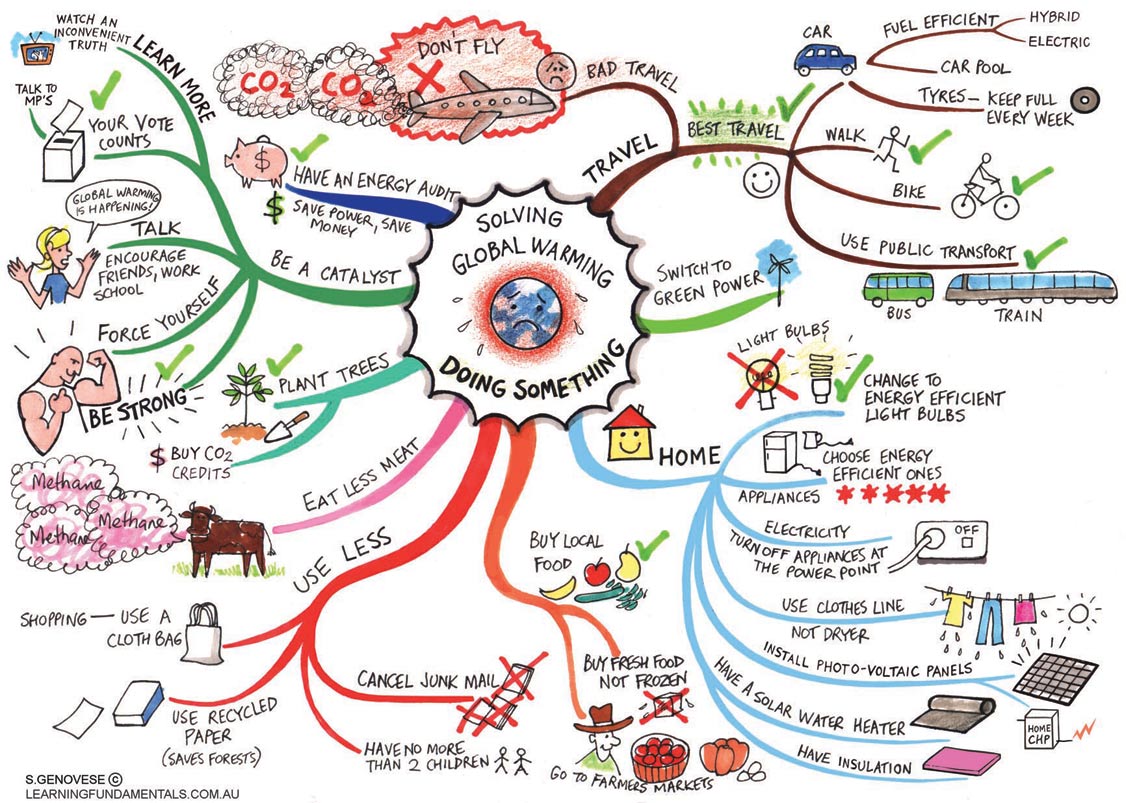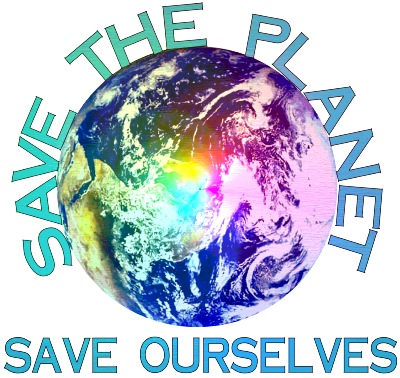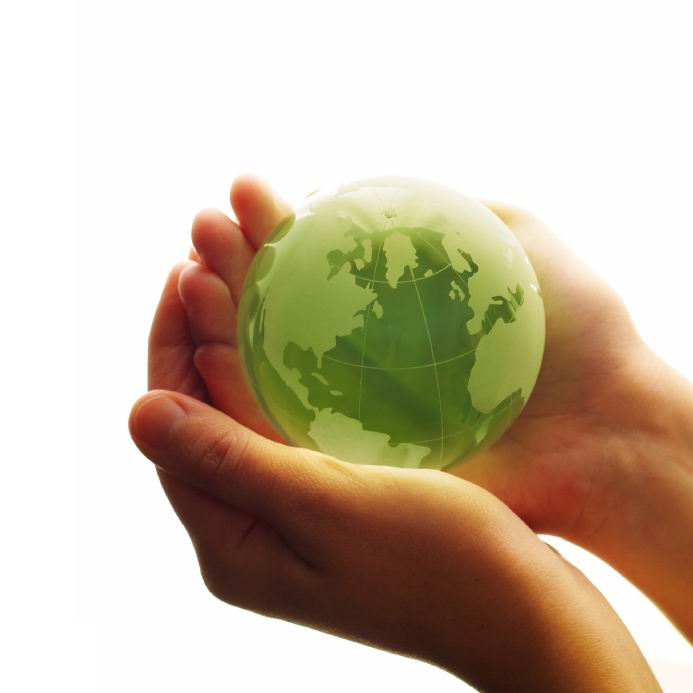Here are just some pictures that our members had and idea of posting on the site just have a look at them.




Global Warming & Rising Oceans
The deep ocean seafloor is often a cold, dark place, barren of life. But from time to time a large bounty such as a whale carcass will drift down from the surface. Then sea life explodes: all manner of worms and other invertebrates arrive in larval form to colonize the dead organic matter and population increases dramatically — for a short time. Inevitably the resource dwindles and the population collapses.
In a similar fashion, humans now live upon the resource of dead organic matter. We’ve found our dead whale below ground, in the form of oil, gas and coal — the fossil remains of plants that lived long ago.
Fossil energy has fueled the advent and development of the industrial age and allowed human population to explode. The product of our industrial respiration, carbon dioxide (CO2), has increased in the atmosphere and now threatens to spoil our nest. The atmosphere does more than provide us with oxygen to breathe, it controls the heat balance of the world. The trouble is, compared to the ocean, the atmosphere is relatively small in mass, so human-induced changes can affect it dramatically.
The Greenhouse Effect
- Prior to the advent of the industrial age, the concentration of CO2 in the atmosphere was about 280 ppm (parts per million).
- Today it’s over 360 ppm. That’s an increase of about 30% in less than 300 years.
For the earth, this is an unprecedented rate of change, about 10,000 years worth of change compressed into 100 years. And there is more CO2 in our air now than at any time since humans evolved, more than anytime over the last million years! The earth is used to slow changes, not fast ones. Slow changes allow the biosphere and earth’s species time to adjust. Quick change may cause biological chaos and disrupt agricultural production. Carbon dioxide is critical to controlling the earth’s heat balance because it absorbs infrared radiation (IR), basically heat.
- Coming to earth from the sun, visible radiation passes through the clear atmosphere and hits the earth.
- A portion of it is absorbed and re-radiated back to space as IR.
- CO2 traps this IR and reflects it back to the earth’s surface, causing further warming.
This is called the greenhouse effect. Without it, water would freeze on earth. With too much greenhouse effect, water would boil off, leaving the surface of earth a desert. This may have been what happened on earth’s neighbor, Venus. There is a delicate balance between sunlight, CO2 concentration, and heat that we must be careful not to disrupt.
To illustrate the greenhouse effect, consider a car with the windows rolled up:
- The sun’s rays pass through the car’s windows (visible light), and hit the car’s seats.
- There the visible light is absorbed, and re-radiated to the interior of the car as IR.
- But the car’s glass windows, while transparent to visible light, are opaque to IR, so the heat is trapped within the car, and the car’s interior temperature becomes unbearable.
So that’s why many scientists think that increasing the amount of CO2 in the air may well cause the earth to get warmer.
Rising Oceans
Rising oceans
Global sea level rise is caused by two factors. One is the delivery of water to the ocean as land ice melts, such as mountain glaciers and polar icecaps. Current evidence of global warming includes the widespread retreat of glaciers on 5 continents. For example:
- The ice cap on Mount Kilimanjaro may be gone in 20 years. About 1/3 of Kilimanjaro’s ice field has disappeared in the last 12 years and 82% of it has vanished since it was first mapped in 1912.
- Sea ice in the Arctic Ocean is thinning.
- Massive Antarctic ice sheets have collapsed into the sea with alarming rapidity.
The second factor is the thermal expansion of water within the oceans. As the temperature of the waters in the oceans rises and the seas become less dense, they will spread, occupying more surface area on the planet. Increased temperature will accelerate the rate of sea level rise.
Since the end of the last ice age, 18,000 years ago, sea level has risen by over 120 meters.
- Geological data suggests that global average sea level may have risen at an average rate of 0.1 to 0.2 mm/yr over the last 3000 years.
- However, tide gauge data indicate that the global rate of sea level rise during the 20th century was 1 to 2 mm/yr.
Along relatively flat coastlines, such as those of the Atlantic, or coastlines bordering fertile, highly populated river deltas, a 1 mm rise in sea level causes a shoreline retreat of about 1.5 meters. We are already seeing evidence of shoreline retreat in the U.S.:
- Along the marshy Gulf Coast of Florida, the effects of sea level rise can be observed in the number of dead cabbage palms at the seaward edge of the salt marsh.
- Along the Atlantic Coast of the USA, erosion is narrowing beaches and washing out vacation houses. As sea level rises and coastal communities continue to grow and pump water from aquifers, salt water intrusion into groundwater will become a greater problem.
Low-lying Pacific island nations will be inundated or the rising sea level will invade their drinking water aquifers.
- Tuvalu comprises nine coral atolls between Australia and Hawaii. Their highest point is 5 meters (15 feet) above seal level. As sea level has risen, Tuvalu has experienced lowland flooding. Saltwater intrusion is adversely affecting drinking water and food production. Tuvalu’s leaders predict that the nation will be submerged in 50 years. In March 2002, the country’s prime minister appealed to Australia and New Zealand to provide homes for his people if his country is washed away, but the plight of this nation is being ignored.
- Other threatened island nations include the Cook Islands and the Marshall Islands. During the last decade, the island of Majuro (Marshall Islands) has lost up to 20 per cent of its beachfront.
In addition to island nations, low-lying coastal countries are threatened by rising sea level. A 1 meter rise in sea level would inundate half of Bangladesh’s rice land. Bangladeshis would be forced to migrate by the millions. Other rice growing lowlands which would be flooded include those of Viet Nam, China, India and Thailand. Millions of climate refugees could be created by sea level rise in the Philippines, Indonesia and Egypt.
- This doubling will enhance the greenhouse effect and result in a 1 to 5 degree Centigrade increase in global temperature.
- Land areas will warm more rapidly than the global average as the temperature of oceanic areas will be moderated by the heat capacity of water.
- Warming will also be greatest at higher latitudes, for in the past, climate change has affected the earth’s polar regions to the greatest extent.
- Humidity effects, included in the heat index, will exacerbate warming effects.

Ecosystems
Warming trends will change the distribution of trees and other native plants, altering animal habitat. Models predict the northward retreat of temperate tree species and the northward advancement of tropical and subtropical species. But individual species will respond differently to climate change. Communities of species will not simply march back and forth, chasing the ice caps. Normal associations of plants and animals may be disrupted. Human barriers such as motorway corridors may present significant obstacles for migrating native species to jump, allowing the spread and dominance of weedy and exotic plants.
Rainfall patterns
Changing climate will change rainfall patterns. Drier conditions lead to increased wildfires while wetter conditions can result in more insect pests like mosquitoes and pine beetles. Increased CO2 in the atmosphere can stimulate plant growth, but there is evidence that plants growing under elevated carbon dioxide contain less nitrogen in their foliage, thus making them less nutritious to grazers.
Climate variability
Elevated CO2 may also affect climatic variability. Extremes kill plants and wildlife. For example, consider a period of time where variability increases but the long-term average is constant. Plants may be killed if the temperature falls below freezing for even a few hours. Likewise birds and insects may die if temperatures get too warm. Increasing variability is a big event, without even considering long-term change.
How can we stop global warming?
There is no immediate fix to the problem other than to curtail our use of fossil energy. As individuals we can help in the short term:
- We need to drive smaller vehicles and heat and cool our buildings more moderately.
- Carbon dioxide emissions can be reduced if consumers purchase more energy-efficient appliances, such as new refrigerators.
- Compact fluorescent light bulbs save tremendous amounts of fuel.
But in the long term, we need to extract energy more efficiently from fossil fuels and to develop alternative energy sources that do not lead to the production of greenhouse gases. By doubling the concentration of atmospheric CO2, we are conducting a planetary wager — one we can’t afford to lose.
Well thats it i hoped you enjoyed reading that or found it interesting a big thankyou to Sophia Pouliassi the secretary of this club was able to get that information. Global warming is a very serious thing .